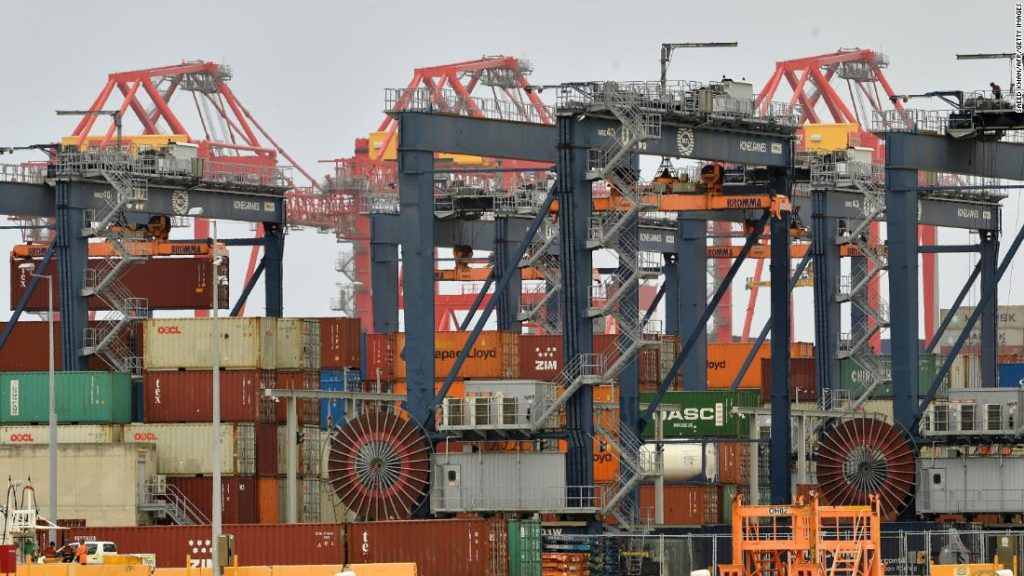The Australian economy grew 3.3% in the three months ended September compared to the prior quarter, the Australian Bureau of Statistics said Wednesday.
“As the governor of the Reserve Bank said this morning, ‘we have now turned the corner and a recovery is underway’,” Treasurer Josh Frydenberg said Wednesday, though he added that “many challenges remain” as much of the rest of the world continues to battle the pandemic with renewed restrictions.
Canberra’s tensions with Beijing may also cast a shadow on the recovery. Speaking with reporters Wednesday, Frydenberg called the dispute with China a “very serious situation.”
“I’m very optimistic about the opportunities for our exporters around the world,” Frydenberg said.
Economists, meanwhile, say the ongoing trade spat hasn’t yet escalated to the point at which it poses a real threat to Australia’s economy.
Relations have been deteriorating since Australian Prime Minister Scott Morrison called for an international inquiry into the origins of the coronavirus pandemic in April, a move that Beijing called “political manipulation.”
Trade fight is ‘disconcerting’
Since then, the two sides have fought over several issues, including trade. China has slapped Australian winemakers with heavy tariffs, and banned or taxed exports of other products, including beef and barley.
“Any deterioration in the trading relationship is disconcerting,” economists at Oxford Economics wrote in a report last month. Exports of goods and services made up 22% of Australia’s GDP in 2019. About a third of that went to China.
Economists also say the damage can be fairly contained as long as tariffs don’t spread to larger industries.
“At the moment, Chinese trade bans are targeting pain points that hurt relatively small export sectors, such as wine, beef and other areas,” said Hans Hendrischke, a professor of Chinese business and management at the University of Sydney. “Those industries may suffer badly or even be forced to restructure. This is more a problem of exerting political pressure than broad economic pressure.”
Could mining be the next target?
Mining materials, predominately iron ore, make up a much larger share of Australian exports. The Oxford Economics economists noted that 68% of Australia’s raw materials exports went to China last year.
Sean Langcake, one of the authors of that report, told CNN Business that such restrictions are unlikely, given how reliant China’s steel industry is on them.
“We will work through these issues with respect with the Chinese government, as we are doing,” Morrison told reporters late last month when asked about those shipments. “There are obviously tensions there. But those tensions aren’t resolved by Australia surrendering its sovereignty.”
You may also like
-
Afghanistan: Civilian casualties hit record high amid US withdrawal, UN says
-
How Taiwan is trying to defend against a cyber ‘World War III’
-
Pandemic travel news this week: Quarantine escapes and airplane disguises
-
Why would anyone trust Brexit Britain again?
-
Black fungus: A second crisis is killing survivors of India’s worst Covid wave

